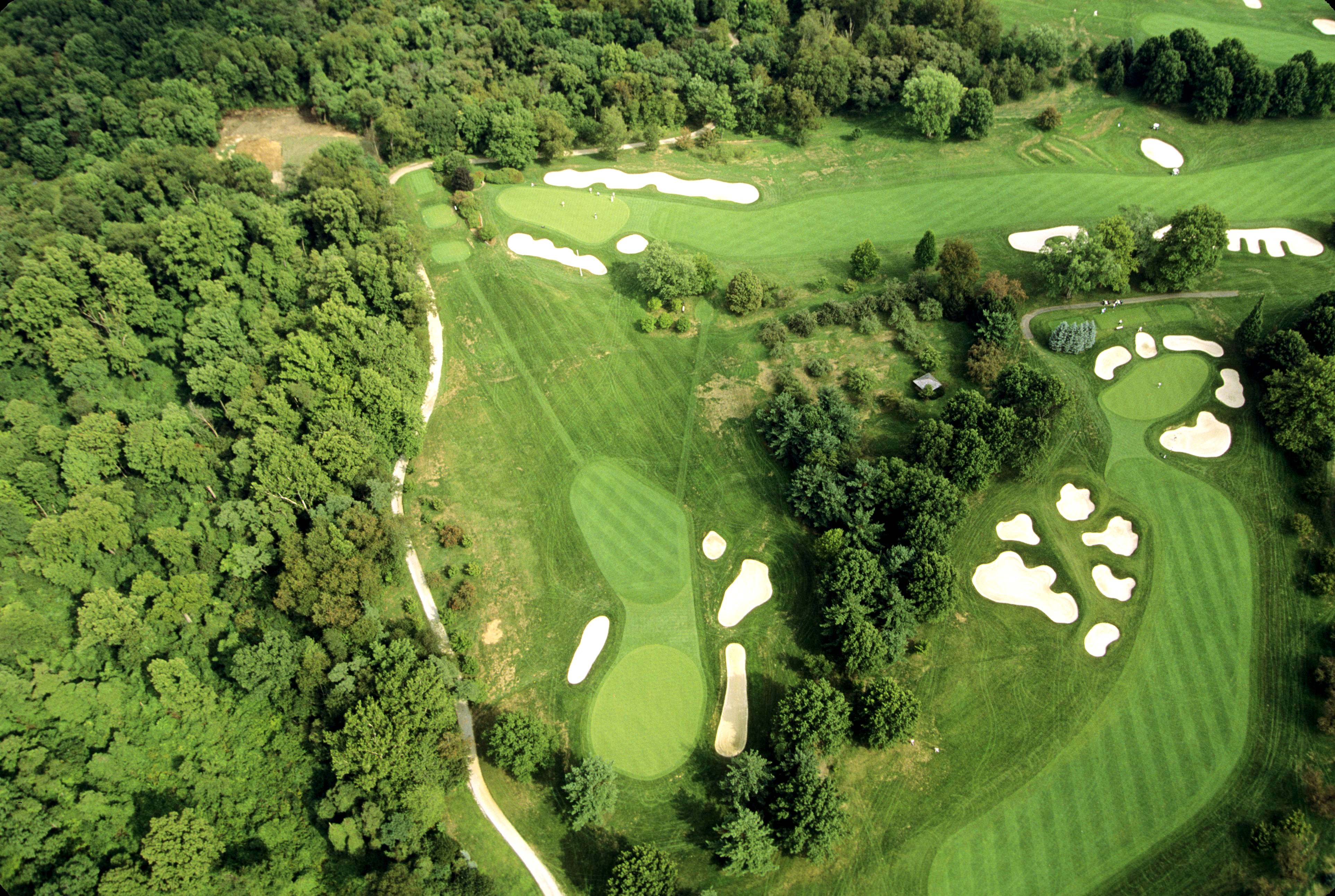
The site of the 2025 US Open - Oakmont Country Club - has long been one of the best golf courses in the USA and a timeless classic, with the specific structure of the layout having barely been touched since opening for play in October 1904.
The tale of its birth began with Pittsburgh-born Henry C. Fownes, who - after being introduced to the game by Andrew Carnegie - became one of Western Pennsylvania's best amateur players, along with his sons.
However, the Fownes family grew bored of and unchallenged by Pittsburgh's Highland Country Club and its small nine-hole layout - at which they were frequent visitors - by 1900. As a result, the former iron and steel businessman decided he wanted to build his own 18-hole championship layout elsewhere in the state.
As luck would have it, a 191-acre plot of land became available overlooking the borough of Oakmont in Spring 1903, so Fownes and a group of investors formed the Oakmont Land Company and purchased the space for $78,500 (roughly $2.5m today) before transforming the area into a 6,406-yard par-80 inland links course.
Although it was a great course, very few people knew it until Oakmont CC was brought to prominence by the success of Fownes' son, William C. Fownes Jr. Named after Henry's brother, W.C Fownes won a record eight Western Pennsylvania Amateur Championships, four Pennsylvania Amateur Championships, two Western Pennsylvania Open Championships and the 1910 US Amateur.

Subsequently, Fownes Jr would go on to become one of the Walker Cup's founders - serving as the first US Captain in 1922 - and be named USGA President in 1926 and 1927.
Enjoying its new-found prestige, Oakmont hosted three US Amateurs, two PGA Championships and two US Opens between 1919 and 1951. However, the smile was wiped from the board's face after the 1953 US Open when a journalist from the New Yorker called Herbert Warren Wind labelled Oakmont "an ugly, old brute of a course" during his coverage.
Stung by the criticism, Oakmont's members decided to "beautify" the layout and quickly added 5,000 trees - ultimately turning the inland links course into a parkland version. The move arrived almost 20 years after the death of Oakmont's founder, who likely would have been extremely disappointed at the decision.
The significant addition of trees at the Pennsylvania country club also arrived at a time in American history where most golf clubs were doing the same anyway. It was a trend where, according to the USGA, clubs felt that more trees equalled a better-looking course - regardless of the knock-on effects.
Following the initial 5,000 or so, a press release prior to the 1973 US Open revealed a further 3,200 had been slotted into open spaces on the golf course. By the late 1980s, there were believed to be more than 12,600 trees located across the property.

But, so many trees had led to several problems. Not least, Oakmont looked nothing like its original state. Other issues included much tighter fairway corridors and either soggy conditions where shade was too prevalent or firmer areas where trees were soaking up too much water.
Already interested in restoring Oakmont to its former glory by the early 1990s, club officials discovered an aerial photo of Oakmont from roughly 1950 which showed the area as almost completely devoid of trees. They agreed to use this as their blueprint for a considerable restoration which began in 1993.
Speaking to the USGA, one Oakmont committee member said: “The issue was never about the virtues or liabilities of trees. Our sole motivation was to reclaim the Fownes' legacy and protect his vision for the golf course.”

By the turn of the millennium, Oakmont estimated over 10,000 trees had been removed, with several hundred more taken up in the years prior to the 2016 US Open. It is now possible to see almost all of the golf course - even holes 2-8 which lie across the Pennsylvania Turnpike - from the clubhouse porch.
Therefore, at the 2025 US Open, Oakmont Country Club will look almost identical to the one that Henry C. Fownes designed over 120 years ago.







